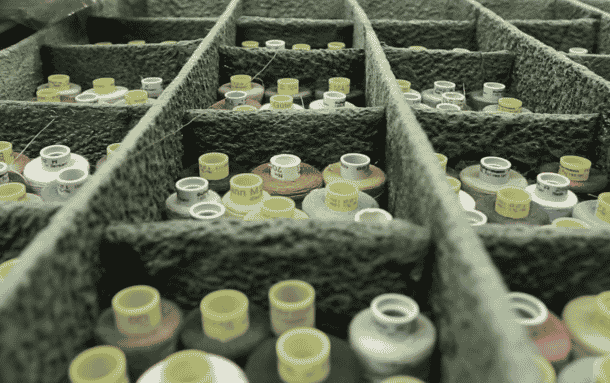
Clean by design : reduce the environmental footprint of textile manufacturers
Kering Group has joined forces with the Clean By Design project of the Natural Resources Defense Council to encourage its suppliers to reduce their CO2 emissions…

100% revegetation of alluvial gold mines following their exploitation in French Guiana.
Through this project, the Kering Group wishes to go beyond French regulations which impose only 30% reforestation.
Kering’s carbon footprint reduction targets cover its scope 3, and therefore its raw material purchases. Kering is committed to reducing its greenhouse gas emissions by 70% per unit of value added by 2030 from a 2015 base year. The commitment to ambitious programs to reduce greenhouse gas emissions in gold supplies is therefore necessary. It is imperative to leave no trace in the Amazon rainforest and to ensure the traceability of the gold supply.
In French Guiana, Kering is working with Solicaz and Forest Finance, natural resource preservation partners, to reforest alluvial gold mines.
After exploitation, the miner has the obligation to rehabilitate the soils and rivers on 100% of the exploited area and to revegetate 30% of it. Following ecological expertise, Kering’s partners created in situ forestry nurseries and prepared more than 150,000 young plants to be spread over more than 116 hectares. Solicaz reforestation experts use a diversity of forest species including nitrogen fixing species to restore soil quality and reactivate a natural forest cycle. Planting density is an average of 1400 plants / ha.
Today, these systems are bearing fruit and Kering’s partners regularly monitor soil health (biological and nutritional activity), the quality of tree growth, and the appearance of spontaneous plant diversity.
By aiming for a total restoration of ecosystems, this project will have the effect not only of restoring favorable conditions for a return of biodiversity (fauna: habitats for animals, insects, flora: shade and nutritional contribution), but also of recreating a well. of carbon sequestration destroyed by exploitation
on which the project has a significant impact
Scope 3 – Reforestation of an area of 116 ha
/
Not disclosed
November 2018
French Guiana
This reforestation and revegetation project contributes to the following SDGs:
The reforestation and revegetation project is easily reproducible for any mining / logging project in a forest environment.
3 partnerships were engaged to carry out this project:
admin@athys.org

Kering Group has joined forces with the Clean By Design project of the Natural Resources Defense Council to encourage its suppliers to reduce their CO2 emissions…